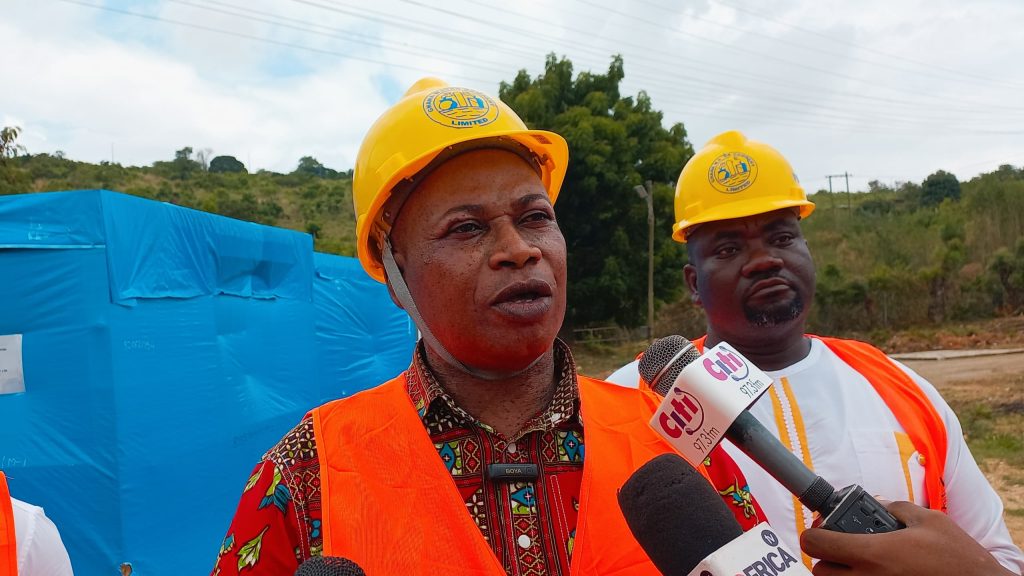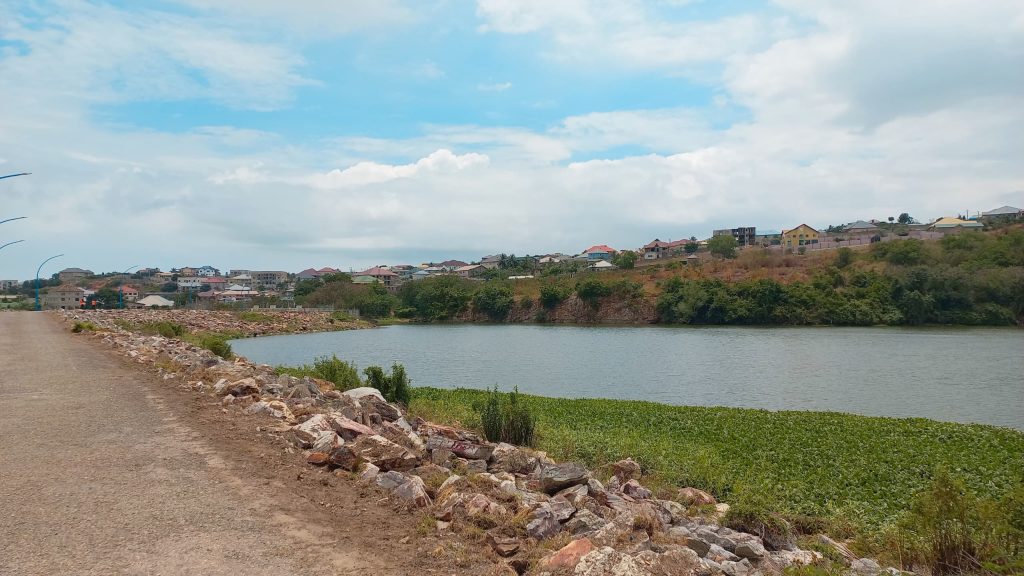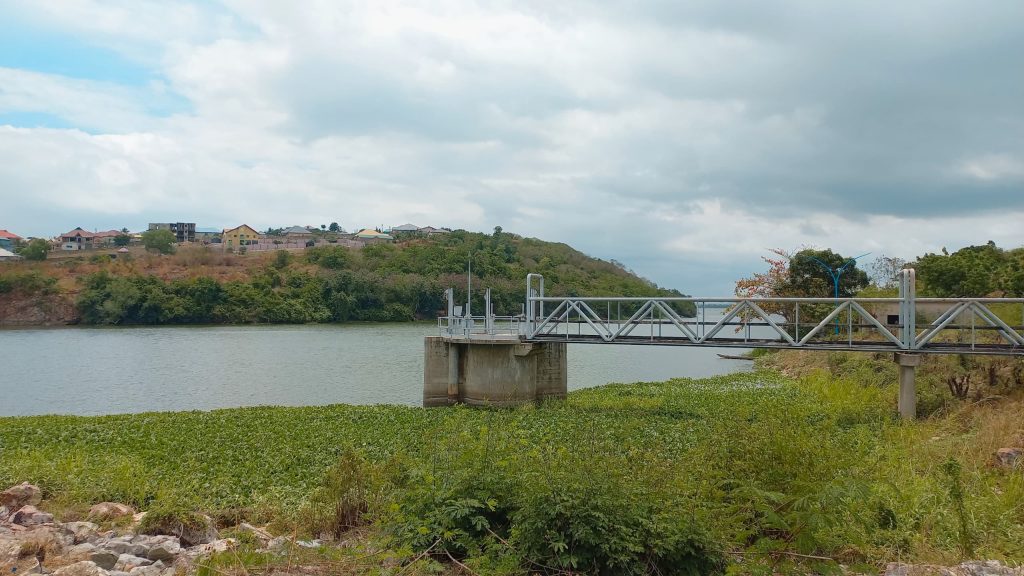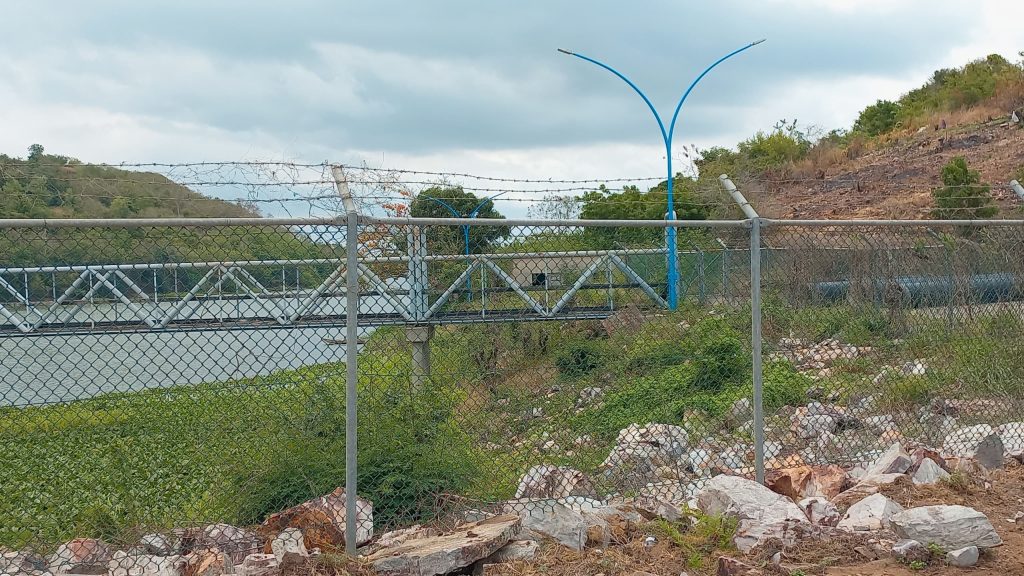By James Amoh Junior, GNA
Accra, Sept. 26, GNA – The Ghana Water Limited (GWL) has taken delivery of four new pumps to enhance the 120,000m³ daily average production capacity of the Weija Treatment Plant in Accra.
The treatment plant, which has two intake stations for raw water abstraction, is expected to produce about 26 million gallons of water a day.
However, according to the utility company, in the last three months, there have been problems with some of the old pumps at the intake stations, reducing production to about 20 per cent of the total capacity – some million gallons a day.

According to the GWL, the four new pumps and four motors with other components, when fully installed and functional by the end of October, would shore up the 20 per cent shortfall in production and improve distribution.
The shortfall has affected parts of Accra including Achimota, Tesano, North Kanashie, Dansoman and Kasoa corridors.
Mr Charles Tulashie, Chief Manager, Accra Tema Metropolitan Area (ATMA), addressing journalists at the treatment plant to begin the installation, expressed optimism that with the procurement of the pumps, there would be supply efficiency to ameliorate the plights of residents in the affected communities.

“So, we believe per the time schedules our contractors and engineers have given us, by the end of October this issue – the shortfall of 20 percent – will be a thing of the past,” he said.
The ATMA Chief Manager further assured customers that the company was doing all it could to ensure that work was completed on schedule to normalize the supply situation as its engineers and maintenance team were already on site to begin the installation of the pumps.
Dr. Hadisu Alhassan, Board Member of Ghana Water Limited, acknowledged that the water supply situation in the western part of Accra “is not very good,” and that the procurement of the new pumps – made even when there was no immediate shortfall in production – was a proactive measure taken by the company’s management to prevent a potential crisis.
He said the upgrade was critical to addressing existing shortfalls in the daily water production capacity at the plant which operates with two intake stations.
He explained that while one of the stations was functioning optimally with three pumps and an additional one on standby, the second station had been facing operational challenges due to the breakdown of one pump.

“We have three pumps that are supposed to run, one on standby. Currently, we are forced to even run the four pumps there to augment the shortage on the other pumping station. Now this station has one pump down, so we have two working instead of three, which gives us a shortfall of about four million gallons a day,” he noted.
Dr Alhassan, who is a Civil Engineer, said the pumps installed in 2002 had deteriorated over time due to regular operational demands, adding that they had reached a point where a replacement was necessary to maintain an adequate water supply. “
“As we operate, conditions deteriorate and they’ve reached a stage where we need to replace them,” he further explained.



Dr Alhassan emphasised that the decision to replace the aging pumps at the Weija Treatment Plant was made after a thorough financial evaluation, ensuring that resources were directed toward areas of utmost importance — such as maintaining an uninterrupted water supply to customers.
“As a board, we are very much concerned about financial management. We ensure that the company spends where spending will be right. So, once this issue came up, and it has to do with water supply directly to customers, we critically assessed it and realized we had to give it the support,” he added.
Dr Alhassan said the rehabilitation and installation of the pumps, funded solely through its Internally Generated Funds (IGF), was part of GWL’s broader strategy to improve water supply infrastructure across the country.
GNA